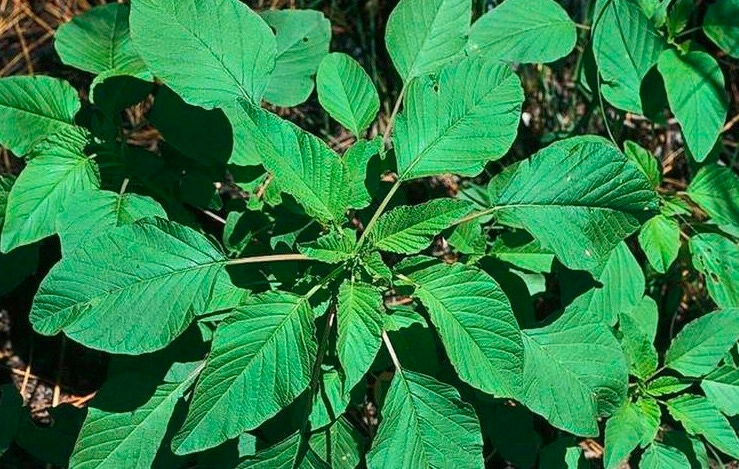August 8, 2013

Recently, populations of Palmer amaranth have been identified in several Illinois counties. The density of many populations is relatively low, and often these plants occur only in small patches. However, a few scattered plants this year can lead to severe infestations within only a few years.
The University of Illinois (U of I) continues to accept tissue samples from suspected Palmer amaranth plants and uses tools of molecular biology to identify whether the sample is Palmer amaranth or another species of Amaranthus. Information on how to collect and submit tissue samples from suspected Palmer amaranth plants can be found in the Palmer Amaranth Identification form (pdf).
So, what should you do if you discover Palmer amaranth growing in your fields? We have developed the following suggested guidelines. Keep in mind these guidelines assume a scenario where the population of Palmer amaranth is only a few plants per acre.
1. If you discover a plant that you think may be Palmer amaranth, you can verify its identity by sending a leaf tissue sample to the U of I (please find a sampling protocol in the Palmer amaranth ID form) for identification using molecular biology techniques.
2. Plants confirmed or suspected of being Palmer amaranth should be physically removed from the field prior to flowering. Do not rely on herbicides for control. Physical removal can include hoeing or hand-pulling plants from the soil. If hoeing is used, be sure to sever the plant stem at or below the soil surface to reduce the potential for re-growth, and remove plants from the field as they will re-root from stem fragments.
3. If Palmer amaranth plants are not identified until after brown-to-black colored seeds are present on female plants, U of I suggest leaving the plants undisturbed in order to avoid inadvertently spreading seed.
4. Mark or flag areas where Palmer amaranth plants produced seed. These areas should be intensively scouted the following season and an aggressive Palmer amaranth management plan implemented to prevent future seed production.
5. Do not mechanically harvest mature Palmer amaranth plants. Physically remove the plants prior to harvest and either leave the plants in the field or place in a sturdy garden bag and remove the plants from the field. Bury or burn the bags in a burn barrel as soon as possible.
6. Fields in which Palmer amaranth seeds were produced should NOT be tilled during the fall or following spring. Leaving the seeds near the soil surface increases the opportunities for seed predation by various granivores.
7. Herbicides that control waterhemp also control Palmer amaranth. An integrated herbicide program should include soil-residual herbicides applied at full recommended use rates of within two weeks of planting and followed by postemergence herbicides applied before Palmer amaranth plants exceed 3 in. tall.
Like what you're reading? Subscribe to CSD Extra and get the latest news right to your inbox!
And remember, fields containing Palmer amaranth should be the last fields harvested in 2013 and the last fields planted in 2014.
Read the article on The Bulletin website.
You might also like:
Check for Successful Corn Pollination
You May Also Like




